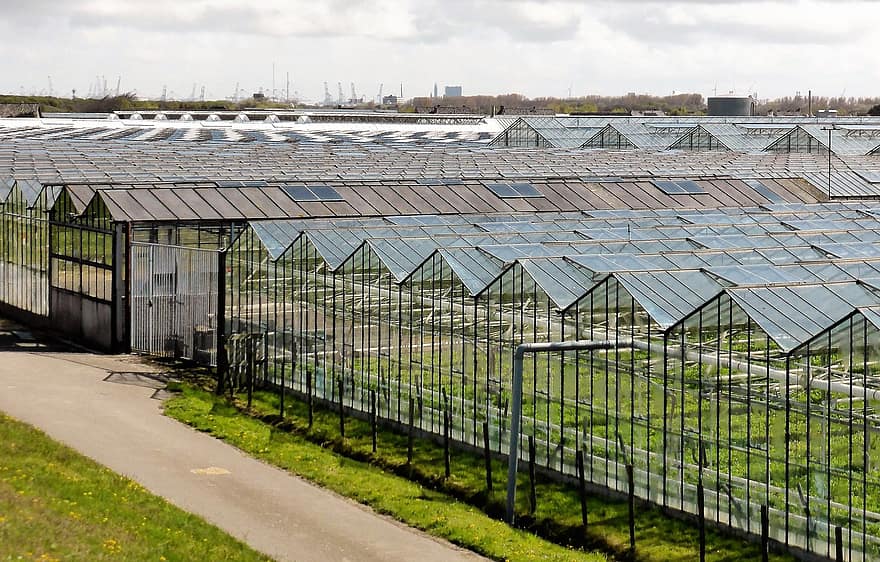There are various ways on how to heat a greenhouse; by using solar energy, natural heat, or simply electric heaters, depending upon your choice.
If you are a gardener who allots a lot of time in fertilizing and enhancing your plants, but you still end up with the same undesirable results, then you should start setting up your greenhouse. Assuredly, you will have fruits and flowers that can be used for business.
Before we should discuss the steps on how to heat a greenhouse, let’s find out first the best reason why you should have one.
Contents
Why Establish Your Own Greenhouse
Many gardeners establish a greenhouse because it takes the responsibility of controlling all the elements needed by the plants inside it. Aside from the fact that it reduces the gardener’s work, you can also expect that your plants will be richer and healthier than those planted traditionally.
Not to mention, it protects your plants from too much heat, too much cold, and unwanted pests. A common problem that growers encounter is dealing with the climate.
Some countries have longer cold days, so it’s a struggle for them to grow plants that needs an environment with moderate temperature. That’s why you need to understand the steps on how to heat a greenhouse. Just delve further!
Steps To Generate Heat In A Greenhouse
Heating allows you to sustain your plants for the whole year without worrying about the changing seasons. It also prevents freezing, which is experienced by plants during cold nights. If you fail to balance the temperature, your plants may die, or it may not be healthy.
In this article, we have listed ways on how to heat a greenhouse. We have assumed that it would be efficient and budget-friendly. Continue reading this article for a greenhouse that would bring greater satisfaction. You will indeed be served with rich fruits and flowers; even if the climate is cold.
#1 Setting up with a heat sink
The first process is the easiest; it’s sourcing heat from direct solar energy. You just need to set up your greenhouse in a place with direct sunlight. With that, you can create a heat sink. A heat sink functions to absorb and accumulate solar energy during the day.
Then, it slowly releases the heat and distributes it to the entire area of the greenhouse. However, this process might not be a choice if you are located in a cold place or have a freezing climate.
You won’t be able to accumulate solar energy. But this system doesn’t use electrical energy, so it saves your money; you won’t have additions to your electric bills at all.
#2 Considering the walls of your greenhouse
This process needs a little more preparation, and it requires your greenhouse to have different features, so it will work efficiently.
If you are using a greenhouse with plastic or glass walls, this system is the perfect one for you. It is using the sun as a passive heat source. It allows the solar energy to heat the walls. With that, the heat will rapidly spread to the plants and other objects inside the greenhouse.
For those greenhouses with translucent walls, we suggest that you use bubble wraps. Bubble wraps are affordable, and they can be found anywhere. The same with the first system, this second one may not also be effective during cold days.
#3 Installing electric heaters
Heating through electric heaters is also one of your choices. This process is one becoming prominent and preferred by innovating gardeners.
It is all about generating heat through electric heaters with thermostats, which helps a lot in controlling the temperature by releasing the right amount of heat.
Most of the electric heaters have channels that allow it to turn on and off based on the heat of the need to balance the temperature. Indeed it’s a quality of guarantee that you won’t exert much effort in monitoring your plants, especially if you have other tasks or you’re attending your work.
Nowadays, electric heaters are incorporated with unique features, so they are surely reliable. Even though it can be expensive, you’ll surely be delighted with this revolutionary and modern tool.
#4 Using combustion heaters
Combustion can also be used as a way of producing heat for your greenhouse. However, it requires your experience and precautions. This process is burning some materials inside your greenhouse to generate heat. Therefore, you need a chimney vent as a passageway of smoke that is considered hazardous to plants.
Combustion can be done in several ways:
Using gas heaters
You can have tanks of propane. But it’s a little bit risky, so it’s better if you check the safety features of the tank that you will use. Also, make sure that you already have your vent.
With the use of kerosene
This process might also be dangerous to those who are not experienced using this product, so always consider your safety. It lights a wick on a holding vessel. It is indeed beneficial because it also gets away from pollutants.
Putting up firewood inside the greenhouse
Make sure that you already have your chimney before starting this process. In lighting up your wood stove, make sure that it won’t cause damage or fire.
Using rocket mass heater
The energy-efficient rocket mass heater allows the wood to be burned in a combustion chamber to produce high temperatures. This tool produces heat and spread it all over the area.
Conclusion
In conclusion, heating your greenhouse can be done naturally, using electric heaters and combustion. It is indeed a mist for you to do if you want plants with more prominent and more prosperous fruits.
You should know the type of heating process that suits your set up. Do it right and achieve your desired growth. I hope this article about how to heat a greenhouse is advantageous to you. Have a nice day!
